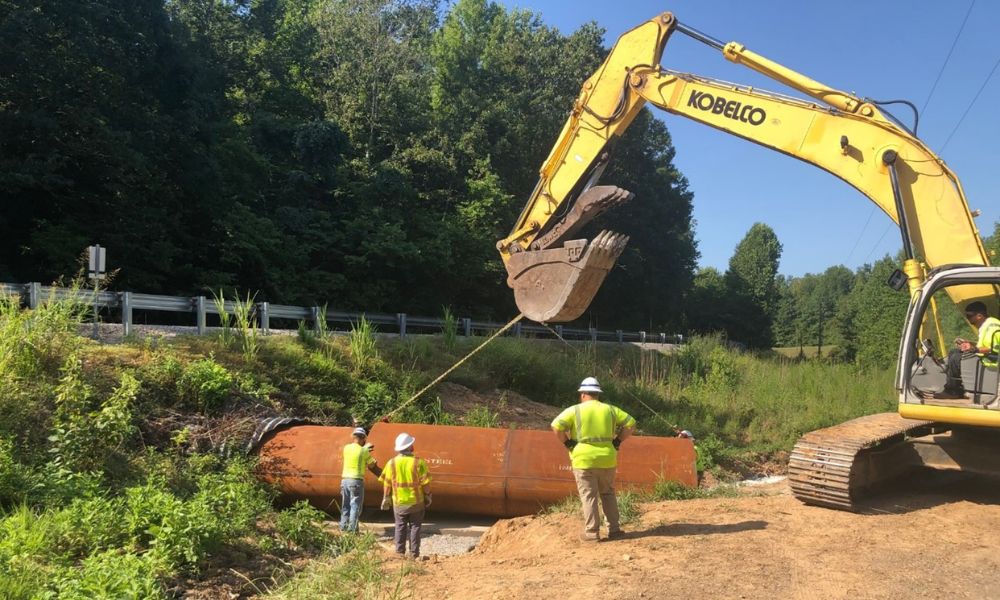States and cities are facing unprecedented budget constraints due to the COVID-19 pandemic, making it increasingly difficult to fund infrastructure projects and find the skilled labor needed to carry them out. However, there are several strategies that they can use to secure additional funding. Here are four ways to get more funding for infrastructure projects.
Apply for Funding Under the IIJA of November 2021
The Infrastructure Investment and Jobs Act (IIJA), passed in November 2022, allocates $2 trillion in funding for infrastructure projects across the United States. It helps states and cities finance large-scale projects without putting too much strain on their budgets. States will receive money outright, and other money is available through competitive grants.
The Act supports improvements in clean energy, water infrastructure, roads and transportation, broadband access, ports, railways, airports, and more.
For example, the Act supports projects under the Federal Highway Administration’s Culvert Removal, Replacement, and Restoration program. Your town could finally rehabilitate leaking, crumbling culverts with steel elliptical pipe slip liners. Consult the White House’s announcements of upcoming funding opportunities for updates on funding opportunities under the act, and visit Build.gov for more information.
Pursue Public-Private Partnerships (PPPs)
PPPs are agreements between the public sector and private partners that allow both entities to make use of each other’s resources to finance, design, build, operate, and maintain infrastructure projects. These agreements can help states and cities access capital from private investors when they can’t access traditional funding sources.
Use Tax Increment Financing (TIF)
TIFs are a financing tool used by local governments to fund development projects. In a TIF, the city or town can use the difference in taxes generated before and after a project’s completion to finance the costs of the project. TIFs can provide states and cities with additional funds for infrastructure projects without having to rely on public money.
Create Better Jobs
The IIJA also supports local government job training programs. This offers financial incentives for employers who invest in their workforce, such as tax credits or grants to cover the costs of hiring and training new employees. Additionally, states and cities can use this money to create programs that match local needs with available skill sets, allowing them to fill roles required for infrastructure projects quickly and efficiently.
By using these strategies to get more funding for infrastructure projects, states and cities can access more money for infrastructure projects, create better job programs, and improve their workforces.



Leave A Reply